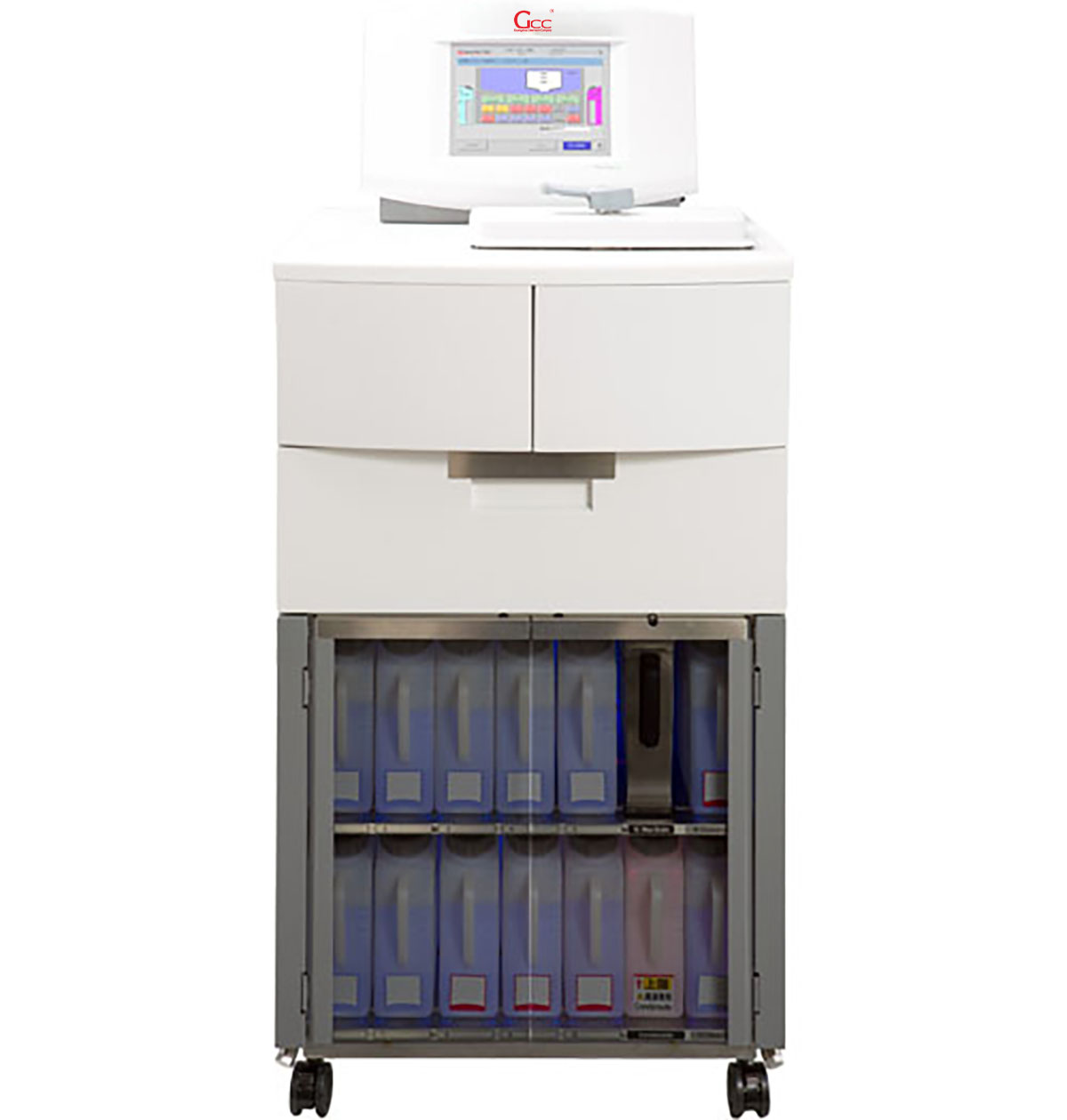Tissue Processor – Uses, Benefits & Applications in Pathology Labs
Learn what a tissue processor is, how it works, and why it is essential in pathology labs. Discover its uses, benefits, and applications.

Introduction
In modern pathology and histology laboratories, precision and efficiency drive reliable diagnostics. The tissue processor, also known as a tissue dehydration machine, plays a central role. This device automates the preparation of tissue samples for microscopic examination and ensures accuracy, consistency, and time efficiency.
What is a Tissue Processor?
A tissue processor is a laboratory instrument that prepares biological tissues by removing water, replacing it with clearing agents, and infiltrating the sample with paraffin wax. This process strengthens the tissue so pathologists can cut thin, uniform sections for detailed microscopic analysis.
How Does a Tissue Processor Work?
The tissue processor automates a sequence of steps that would otherwise demand manual labor:
Fixation – Preserves tissue structure and prevents decomposition.
Dehydration – Removes water gradually with graded alcohols.
Clearing – Replaces alcohol with clearing agents such as xylene.
Infiltration – Saturates the tissue with molten paraffin wax for embedding.
By combining these steps into an automated cycle, laboratories save time and maintain reproducibility.
Uses of a Tissue Processor
Histological Preparation – Produces paraffin-embedded tissue blocks ready for microtome sectioning.
Diagnostic Support – Provides high-quality samples to identify diseases like cancer.
Research Applications – Supports medical and pharmaceutical research by preparing accurate tissue samples.
Workflow Optimization – Processes multiple samples simultaneously and boosts lab productivity.
Benefits of Using a Tissue Processor
Consistency – Ensures standardized processing for every sample.
Time Efficiency – Automates lengthy steps and frees technicians for other tasks.
Quality Results – Enhances clarity of cellular structures for better diagnosis.
Error Reduction – Reduces human handling and variability.
Applications in Pathology Labs
Pathology labs rely on tissue processors in:
Hospitals and Clinical Laboratories – They analyze patient biopsies.
Research Institutions – They study disease mechanisms and tissue morphology.
Pharmaceutical Companies – They perform drug safety testing and development.
Conclusion
The tissue processor plays a vital role in pathology by preparing tissues with precision and consistency. It automates dehydration, clearing, and paraffin infiltration, and delivers reliable specimens for microscopic evaluation. By improving diagnostic accuracy and laboratory efficiency, the tissue processor stands as an indispensable instrument in both clinical and research settings.